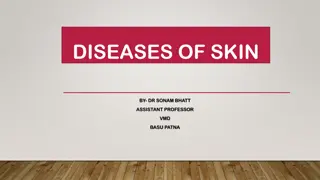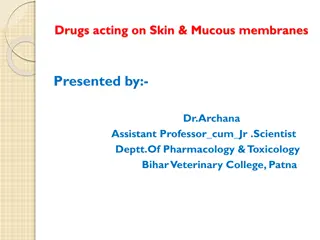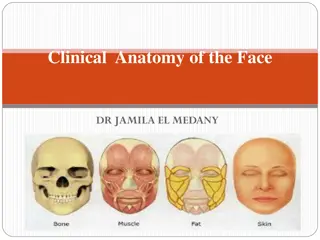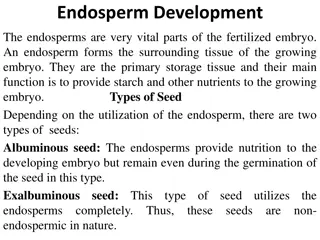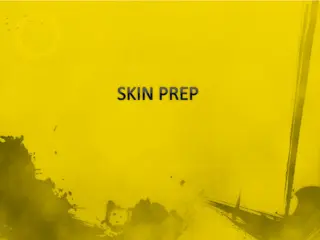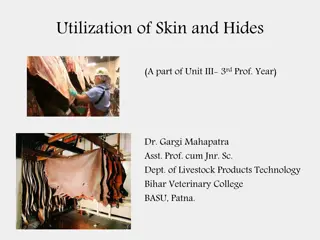Understanding the Common Integuments and Skin Anatomy
The common integuments encompass the skin, hairs, skin glands, claws, hooves, and horns, playing vital roles in protection, thermoregulation, and drug administration. The skin's structure consists of the epidermis and dermis layers, renewing continuously to maintain its functions. Additionally, nails, claws, and hoofs serve to protect underlying tissues. Explore the topographical features of the skin and its appendages for a comprehensive understanding.
Download Presentation

Please find below an Image/Link to download the presentation.
The content on the website is provided AS IS for your information and personal use only. It may not be sold, licensed, or shared on other websites without obtaining consent from the author. Download presentation by click this link. If you encounter any issues during the download, it is possible that the publisher has removed the file from their server.
E N D
Presentation Transcript
COMMON Integuments The term common integument refers to study the skin with its covering of hair and variety of skin glands as well as more specialized parts such as claws, hoof and horns. The skin The skin completely encloses the body and blends with the mucous membranes at the various natural openings.
Function of the skin protects the body from tear and invasion by microorganisms play an important part in thermoregulation Impermeable to water and prevent the body from drying out . Certain lipid substances can penetrate and used as vehicles for administration the drug .
The color of the skin Depends partly on the present of pigmented granules in certain component cells. These protect against ultraviolet radiation The structure of the skin The skin is composed of two parts ,a superficial epithelium (epidermis) and a tough fibrous layer (dermis ) . The epidermis is continuously renewed, by cell division in the deepest layer followed by migration of daughter cells toward the surface . The dermis; it contains nerve endings, sweat glands, oil glands, and hair follicles. Under these two skin layers is a fatty layer of subcutaneous tissue (the word subcutaneous means "under the skin").
NAILS , CALWS AND HOOFS These Structures closing the distal phalanx ,they are basically similar , and serve primarily to protect the underlying tissues . The nail( ) of primates grow from the epidermis , covering a curved fold of dermis at its base . The claw( ) of carnivorous can be likened to a nail that has been laterally compressed and so has obtained a sharp dorsal border The hoof of horse is the horny covering of the distal end of the digit. It is divide it for description into three parts, termed the wall, sole, and frog.
Topographically The wall may be divided into an anterior part or "toe" , lateral parts or "quarters" and the angles or "heels"). It presents two surfaces and two borders. The outer surface is convex from side to side and slopes obliquely from edge. The curve of the wall is wider on the external than on the internal side. The inferior or ground surface normally arched and more strongly in the hind than in the fore foot but the curvature is subject to wide variation.
The wall of horse hoofs in addition strongly curved , the sides is sharply inflected( ) to form so called bars . The space between the bars is occupied by the frog , the part of footpad that makes contact with the ground . The sole horns that fills the ground surfaces between the wall and frog meet the wall at a junction known as the white line . The white line marks the border between the sensitive and insensitive sole. It serves as a guide to show where nails should be driven when shoeing the horse
The wall grows distally from the epidermis regions of the dermis; the combination of horn types gives the tissue a finely striated appearance. The (laminar) epidermis deep to the wall arranged as several hundred well formed laminae that tightly interdigitate with an equal number of dermal laminae bonding the wall to the underlying distal phalanx.






